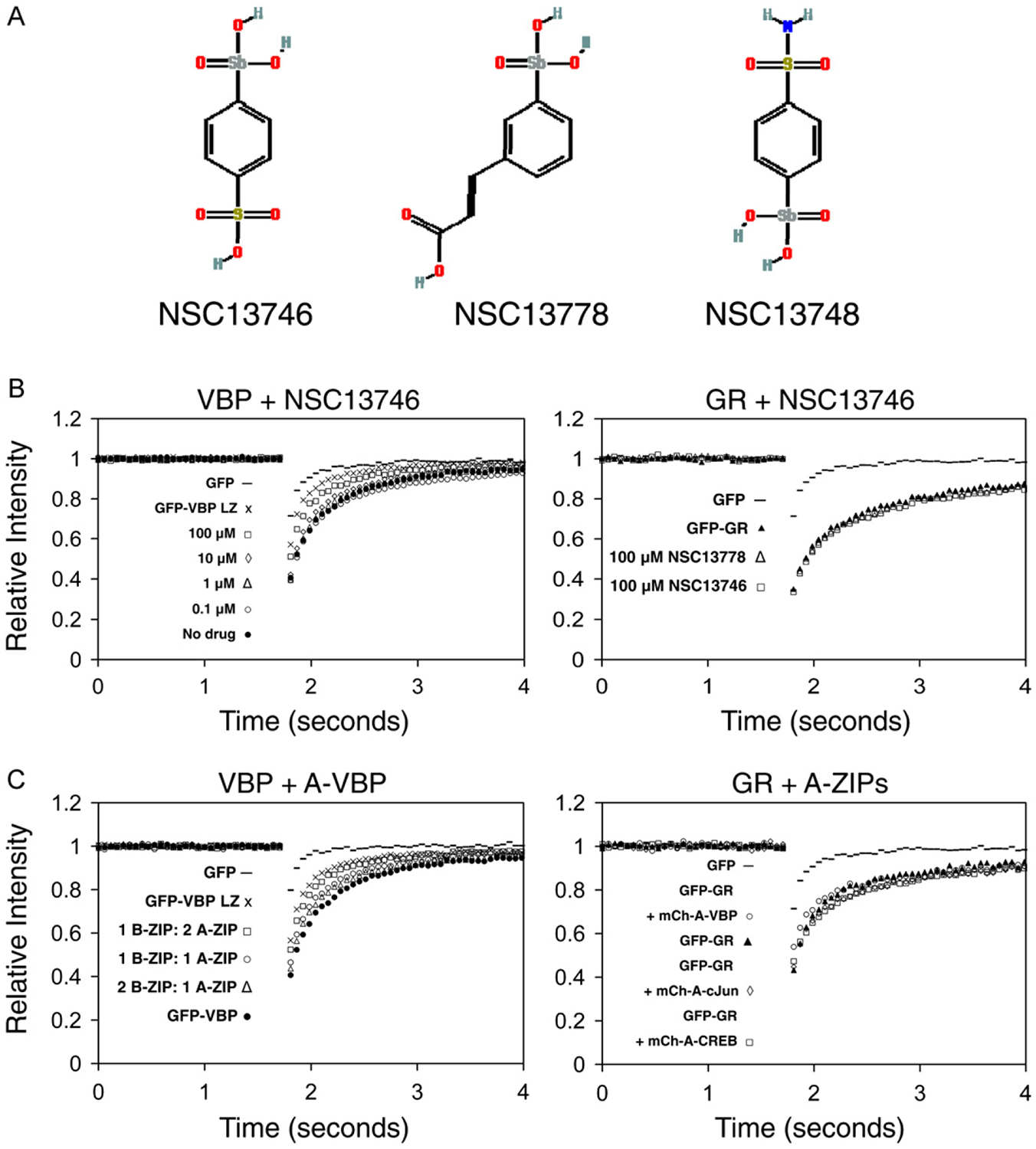Fig. 2. NSC13746 or A-ZIP causes a dose-dependent increase in the recovery (mobility) of GFP-VBP by FRAP.

A) Structure of arylstibonic acid compounds. B) NIH3T3 cells were plated at a density of 6×104 on LabTekII chamber glass coverslips and were transiently transfected with GFP-VBP or GFP-Glucorticoid Receptor (GFP-GR). Cells incubated overnight with increasing concentrations of NSC13746 (0.1 μM to 100 μM), and were analyzed by FRAP on a Zeiss LSM 510 confocal microscope. For each FRAP experiment, at least 15 cells were imaged and the corrected normalized individual curves were averaged. All FRAP images presented in the paper are representative of at least 3 independent experiments in which at least 15 different cells were imaged in each experimental condition. Increasing concentrations of NSC13746 cause increased recovery of GFP-VBP while GFP-GR is not affected by the highest concentration (100 μM) of two different active drugs, NSC13746 and NSC13778. C) Cells were co-transfected with different ratios of GFP-VBP and mCherry-A-VBP and analyzed by FRAP. Increasing the amount of transfected A-ZIP (1 B-ZIP:1 A-ZIP or 1 B-ZIP:2 A-ZIP) causes faster recovery of GFP-VBP compared to the recovery of GFP-VBP alone. Increasing the amount of transfected B-ZIP (2 B-ZIP: 1 A-ZIP) does not change the recovery of GFP-VBP. GFP-GR is unaffected by co-transfection with different mCh-A-ZIPs.
